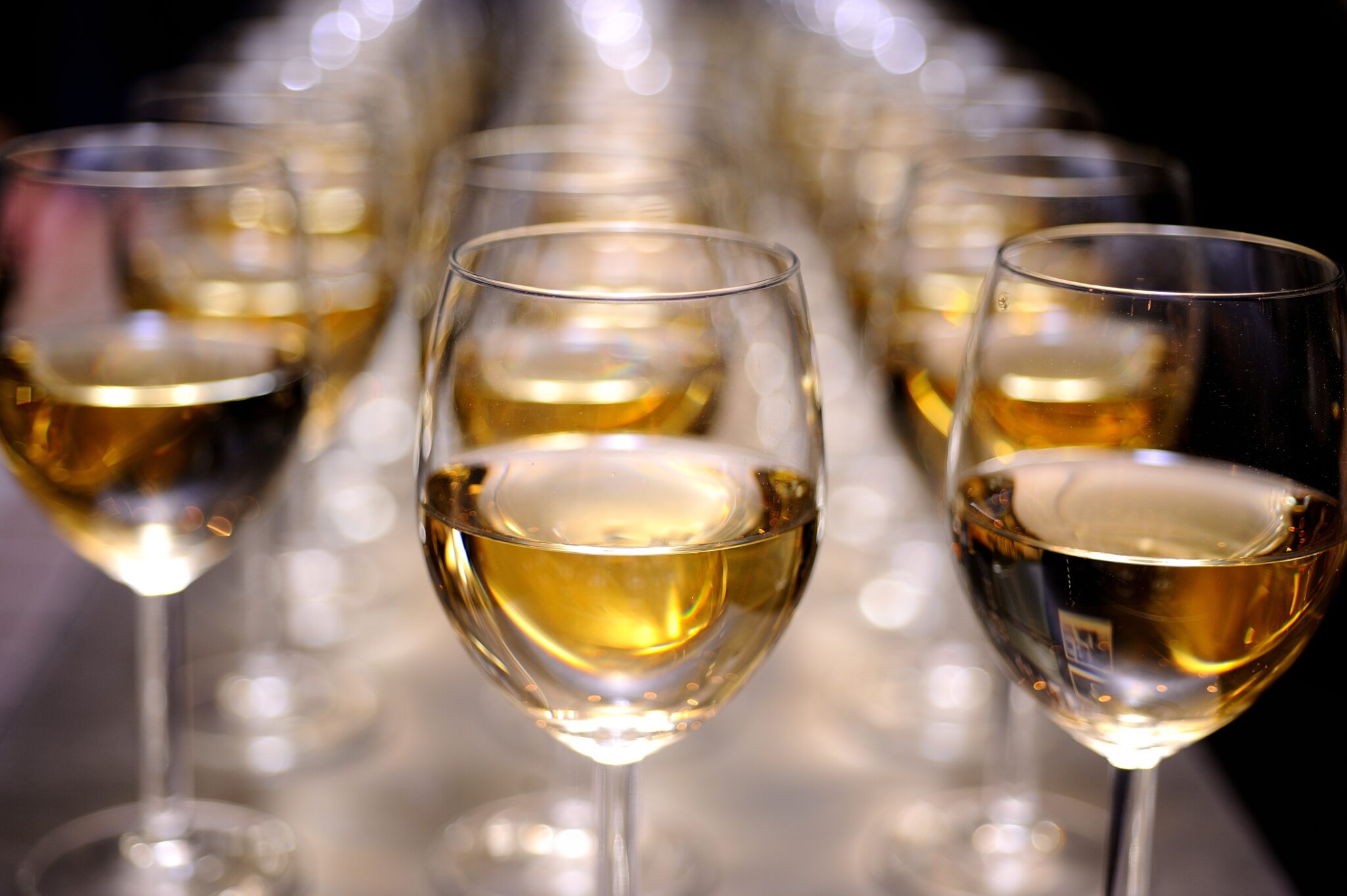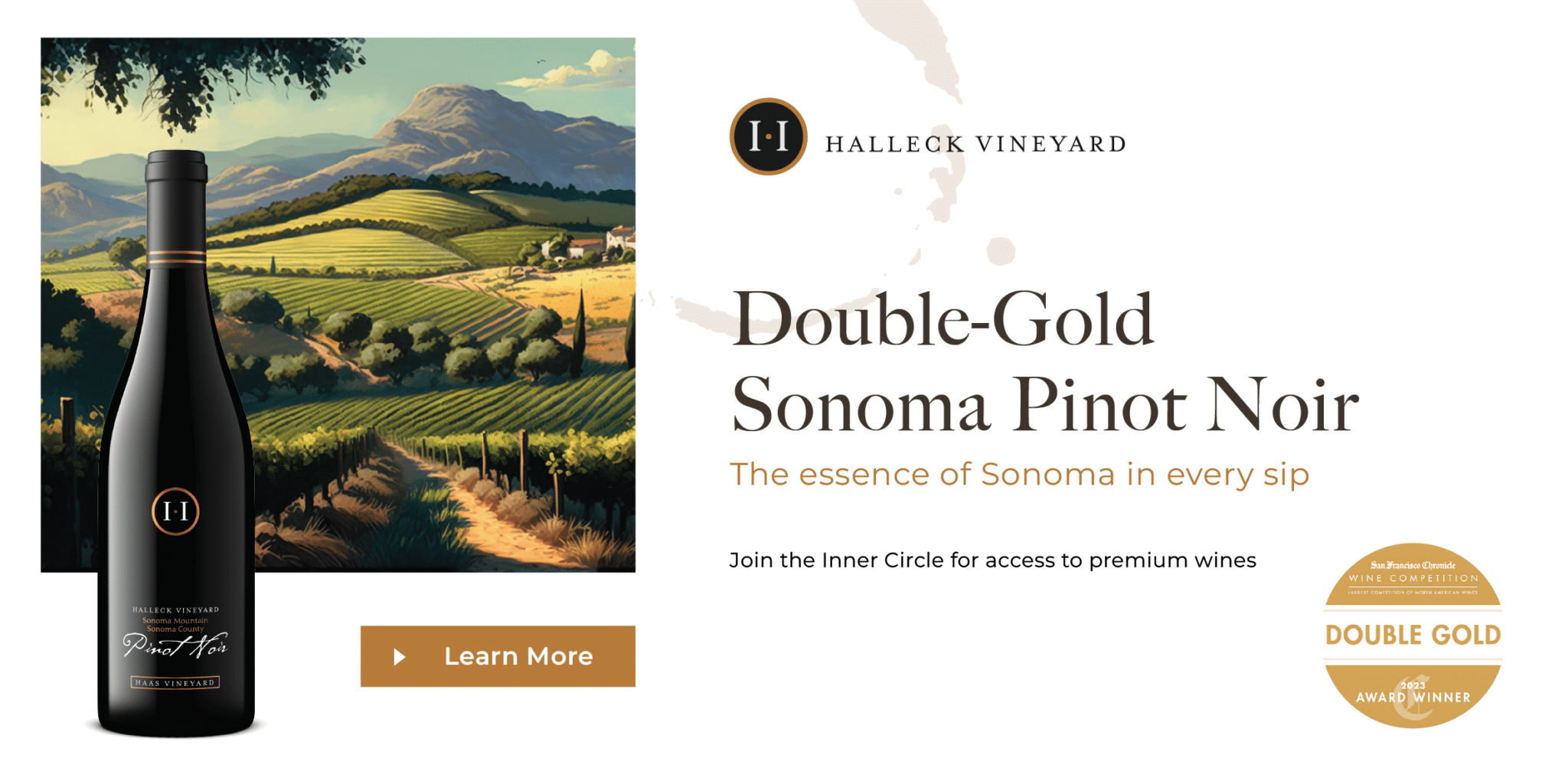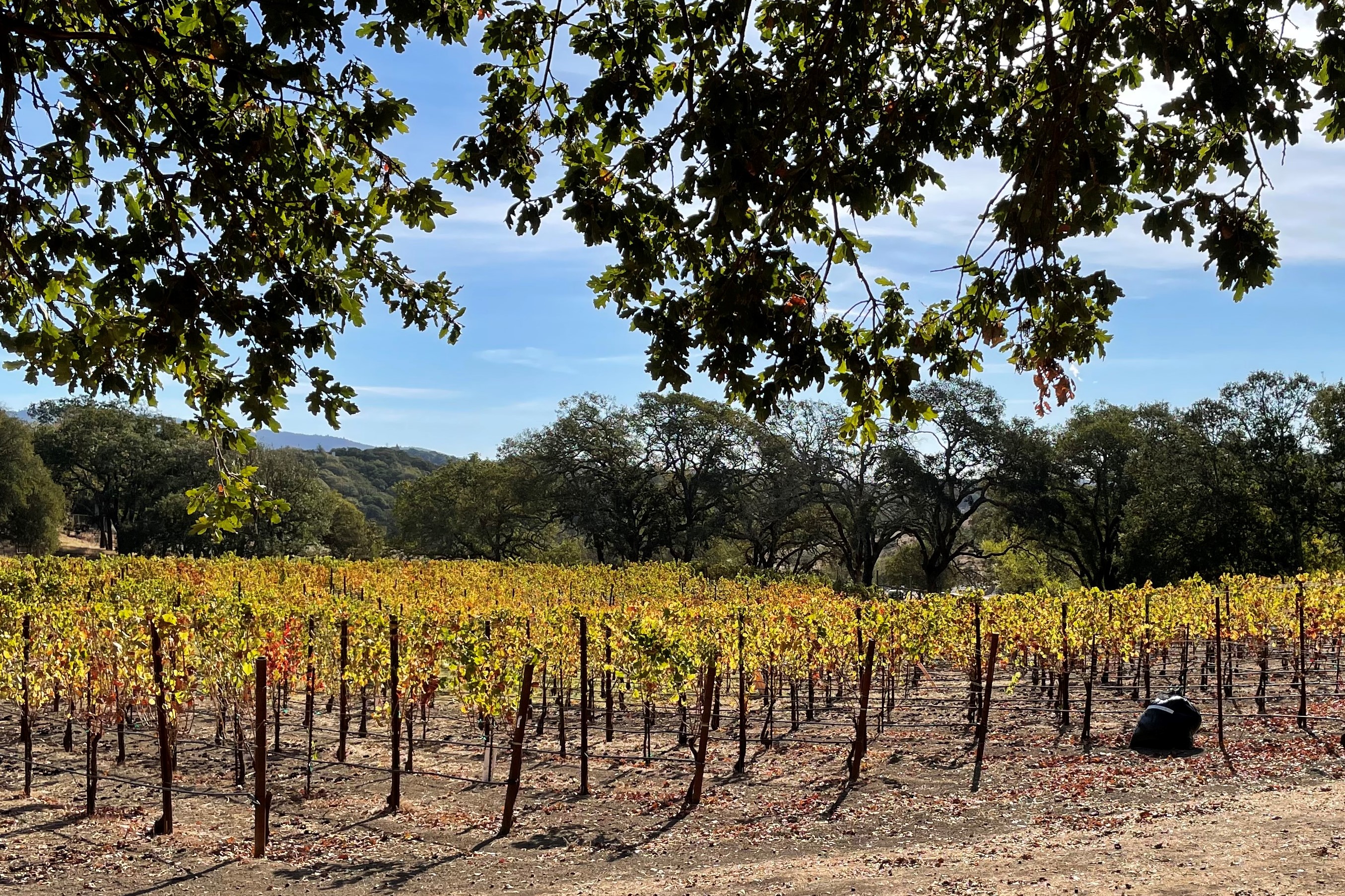Wine Tasting Experiences With Local Cheese - Finding Good Wineries For Wine Tasting
Wine tasting is an art that combines sensory experience with an appreciation for the nuances of different varietals. How to evaluate flavors in winery wine tasting periods is pivotal to greedy the complexities of wine.
Participating in a wine tasting entails more than simply sipping and savoring. It requires a centered method to establish aromas and flavors that every wine presents. As you start, observe the wine's appearance, noting its colour and clarity. These visual cues usually suggest a wine’s age, grape selection, and even potential flavor profiles.
The subsequent step in the tasting process is to swirl the wine in your glass. This action releases fragrant compounds which are important for evaluation. Lean in and take a moment to inhale deeply; the aromas can range from floral and fruity to spicy and earthy. The nostril of the wine is simply as essential as the palate, and recognizing scents performs a big position in understanding the overall experience.
When taking your first sip, enable the wine to maneuver across your palate - Wineries In Sebastopol. Discover the preliminary flavors that current themselves. Is the wine fruity, floral, or perhaps herbaceous? This initial taste offers insight into what the wine is likely to express as you proceed to gauge it. The mouthfeel also contributes to the general flavor experience; it can be silky, tannic, or even effervescent.
Wineries With Scenic Views - Tasting Rooms In Sebastopol
As you proceed tasting, pay attention to the wine’s balance. A well-balanced wine will harmonize acidity, sweetness, and tannins. If one component overwhelms the others, it might point out a much less fascinating high quality. Evaluating steadiness might help you identify how nicely the wine would possibly pair with food.
Transitioning to the finish, consider how the flavors evolve as the wine lingers on your palate. A long, pleasant end can point out a high-quality wine, while a short or abrupt end would possibly recommend otherwise. Reflect on whether or not the flavors stay consistent or if new notes emerge as the wine settles. This development can reveal complexities and intricacies that may not have been obvious in the initial tasting.
Temperature can additionally be a vital think about evaluating wine flavors. Different forms of wine are optimally enjoyed at specific temperatures. White wines usually shine when chilled, while red wines typically perform best at room temperature. When tasting, ensure the wine is on the appropriate temperature to fully recognize its character.
Celebrated Winemakers To Discover In Sonoma - Sebastopol Vineyard Visits
Pairing food with wine can tremendously improve the tasting experience. Meals can affect the perception of flavors in wine, either highlighting certain characteristics or diminishing them. When evaluating flavors, consider how the wine interacts with completely different foods, noticing which flavors are amplified or muted (Wineries Known For Their Beautiful Gardens).

Consider the affect of terroir as you engage in a winery tasting. Terroir encompasses the distinctive environmental factors that have an result on grape growing, together with soil composition, local weather, and geography. Understanding a wine's terroir can present insight into its flavors and aromas, fostering a deeper appreciation for the alternatives made during its cultivation and manufacturing.
Education performs a fundamental position in enhancing one's ability to gauge wine flavors. Studying about grape varieties, wine regions, and manufacturing strategies can pave the means in which for more knowledgeable judgments throughout tastings. Additionally, attending workshops or classes can refine sensory skills and broaden your flavor vocabulary, enabling you to articulate tasting notes more effectively.

Lastly, it is essential to do not forget that evaluating wine flavors is a highly personal experience. Individual preferences and perceptions will helpful site invariably shape one’s tasting journey. Enjoyment should be at the forefront, with the evaluation course of performing as a software to boost understanding and appreciation somewhat than create inflexible pointers.
Top Rated Wine Experiences In Sebastopol - Finding Good Wineries For Wine Tasting
In conclusion, mastering tips on how to consider flavors in winery wine tasting sessions involves a mixture of sensory engagement, information, and practice. By studying to establish aromas, assess the balance, and appreciate the intricacies of flavor, wine enthusiasts can deepen their connection to each bottle they encounter. As with any art type, the more one immerses themselves within the experience, the extra they may discover and enjoy the vast world of wine.
- Begin by observing the wine's shade and readability, as these visual elements can hint at its flavor profile and getting older potential.
- Swirl the wine gently in your glass; this releases fragrant compounds, permitting you to better identify the complex scents related to the wine.
- Take a deep inhale earlier than tasting, specializing in each major and secondary aromas to assemble insights on fruits, spices, and different nuances.
- When tasting, enable the wine to coat your palate; note the preliminary flavors, the mid-palate complexity, and the end as these phases can present totally different flavor highlights.
- Pay consideration to texture and mouthfeel, as elements corresponding to tannin ranges, acidity, and sweetness contribute considerably to the general tasting experience.
- Examine flavors towards normal wine characteristics; for red wines, consider berry notes, oak influence, and natural tones, while whites may include citrus, stone fruits, and floral hints.
- Take notes during the tasting session to trace your impressions, serving to you to recollect and evaluate the different wines sampled.
- Discuss your findings with fellow tasters or winery workers, as sharing insights can improve understanding and appreciation of particular person flavors.
- Permit time for the wine to breathe; sometimes, flavors evolve and reveal new dimensions after being uncovered to air.
- Experiment with food pairings in the course of the tasting as they will dramatically alter how flavors are perceived, influencing general enjoyment.undefinedWhat should I search for when evaluating the aroma of wine throughout a tasting?
Begin by swirling the wine in your glass to release its aromas. Bring the glass to your nostril and take a deep breath. Pay attention to the first scents you detect, as these are sometimes probably the most prominent. Look for fruit, floral, natural, or earthy notes and attempt to identify particular traits, which will deepen your understanding of the wine's complexity.
Wineries With Unique Tasting Experiences - Top Sonoma Wineries To Visit

How can I distinguish between completely different flavor profiles in wine?
Perceive that flavor profiles are often categorized as fruit, floral, herbaceous, spicy, or mineral. Take small sips and allow the wine to coat your palate. Notice the first flavors that emerge first and the subtle notes that comply with. This layering is crucial in distinguishing the wine's traits and can allow you to recognize its distinctive profile.
Wineries In Dry Creek Valley - Wine Tasting At Sonoma Vineyards
What is the importance of the wine's texture in find out this here a tasting?

The texture of the wine, also recognized as mouthfeel, performs a vital function in how we understand flavors. Pay consideration as to if the wine feels clean, creamy, or gritty. The body of the wine (light, medium, or full) can enhance or contrast with flavors, providing a more rounded experience during tasting.
How do I assess the stability of flavors in wine?
Stability in wine refers back to the harmony between acidity, sweetness, tannin, and alcohol. Take a moment to evaluate whether these parts complement or intrude with one another. A well-balanced wine could have none of its components overpowering the others, creating a pleasant tasting experience.
Interactive Wine Tasting Experiences In Sonoma - Best Winery In Sonoma For Quality Wine
What role does temperature play in evaluating wine flavors?
Temperature can significantly impact the perception of flavors. Usually, red wines are best served slightly below room temperature, while white wines benefit from being chilled. As the temperature changes, the aromas and flavors can shift, allowing you to perceive different characteristics. It’s essential to style wine at its optimal temperature for true evaluation.
Romantic Winery Destinations In Sebastopol - Sonoma Vineyards To Explore
How can I improve my tasting skills over time?
Practice is vital to bettering your tasting skills. Wineries Offering Educational Wine Seminars. Attend tastings, maintain a journal of your experiences, and explore several sorts of wines to broaden your palate. Moreover, studying about wine production and grape varieties can present context that enhances your evaluation process, making you a extra informed taster.
Is there a particular order by which I should style the wines?
Wineries In Dry Creek Valley - Sonoma Vineyard Tours
Sure, it’s advisable to taste wines from light to full-bodied and dry to candy. This development prevents the stronger flavors from overshadowing the more delicate ones, allowing you to totally recognize each wine's characteristics and nuances with out palate fatigue.
How can I evaluate the aftertaste of wine?
Sonoma's Top Sparkling Wine Producers - Sonoma Wine Tasting Tour
The aftertaste, or end, is a vital facet of the wine-tasting experience. After swallowing, pay attention to how long the flavors linger on your palate and whether they change. A lengthy, nice end is usually an indicator of a high-quality wine, while a short or unpleasant end could recommend otherwise.
Why is it important to note the wine’s acidity throughout tasting?
Acidity contributes to the general freshness and construction of the wine. Pay attention to the tingling sensation on your tongue; larger acidity can improve the wine's liveliness and stability out sweetness. Noting acidity helps determine the wine's versatility with food and its aging potential.
What ought to I do if I wrestle to determine specific flavors in wine?
Wineries With River Views - Sonoma Vineyards Worth Visiting
Struggling to identify flavors is common, especially for novices. Focus on broader classes and describe what you presumably can acknowledge, corresponding to candy or earthy notes. With practice, studying about totally different flavor profiles, and maybe using flavor wheels, you'll refine your senses and develop a more nuanced approach to tasting.